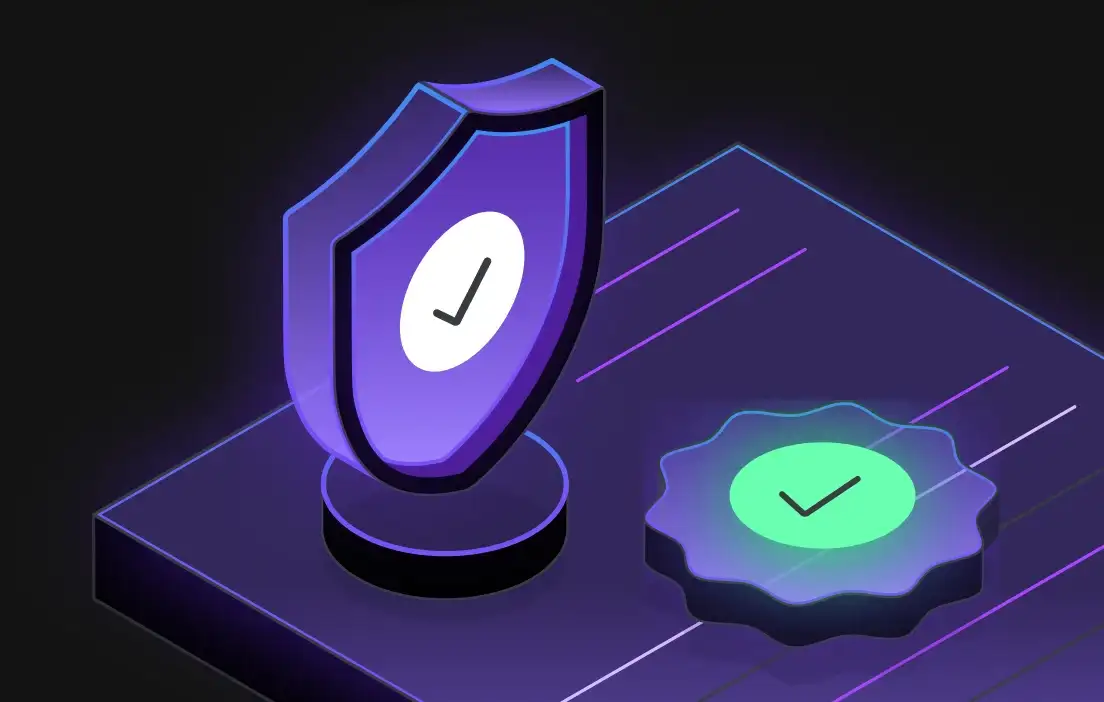The modern economy is built on data—organizations collect, store, and process more sensitive information than ever before, from personal identifiers and financial records to healthcare data and intellectual property.
At the same time, data security-related regulations across the globe are tightening. Enterprises need to account for numerous compliance mandates like GDPR, HIPAA, PCI DSS, along with emerging AI governance laws, all of which require strict controls over data privacy and protection.
It’s a high-stakes game. A single data breach can lead to costly fines, damage to your organization’s reputation, and loss of customer trust. That’s why forward-looking organizations are turning to enterprise data security solutions that focus not just on network perimeters or endpoints, but on securing the data itself, wherever it lives or travels.
In this blog, we’ll explore how data-centric security provides the foundation you need for compliance in today’s ever-evolving environment. We’ll cover:
- What data-centric security means and why it matters
- How encryption and tokenization help meet compliance requirements
- The role of access control and visibility
- How to future-proof your compliance strategy with scalable solutions
Data-centric security is the future, and that future begins now. Let’s dive in.
Why Enterprises Are Embracing Data-Centric Security
Data-centric security means the focus is on protecting the actual data, not just the systems or networks around it.
It works by making the data unreadable or unusable to anyone who is not allowed to see it. This is done using methods like encryption, tokenization, and access controls. So even if someone breaks into a system, they still can’t use the data unless they have permission.
The idea is to keep the data safe no matter where it is stored or how it moves—from one system to another, or across the internet.
And, why it matters?
In traditional setups, data stayed inside company-owned systems. But now, data moves between clouds, SaaS apps, vendors, and user devices. The perimeter is blurred, and you can’t assume the underlying infrastructure is secure or fully under your control.
A data-centric approach keeps control with the owner, even when data is shared, stored in the cloud, or moved between services.
Enterprise data security solutions that take a data-centric approach allow organizations to:
- Maintain consistent protection regardless of the data’s location (cloud, on-prem, SaaS)
- Better adhere to compliance requirements
- Control how data is accessed and used across departments and borders
- Limit the scope and impact of potential breaches
Whether you’re looking to navigate the “privacy by design” principles of GDPR or preparing for the SEC’s new cybersecurity disclosure rules, data-centric security is becoming table stakes for compliance.
The Core Pillars of Regulatory Compliance: Encryption and Tokenization
Two of the most effective tools in data-centric security are encryption and tokenization. Though they serve similar purposes, they work differently—yet both are essential.
Encryption involves converting data into an unreadable format that can only be decrypted with the correct cryptographic key. This method is most effective when protecting data in all three of its phases: in transit, at rest, and in use. It’s often a baseline requirement in regulations like HIPAA and PCI DSS.
Tokenization, on the other hand, replaces sensitive data with non-sensitive equivalents—or tokens—that retain the structure and format of the original data but are meaningless if accessed without authorization. This is a good choice for protecting personally identifiable information (PII) and payment data, particularly while it’s being processed.
Both encryption and tokenization are recommended by various compliance mandates and guidelines. For example:
- GDPR encourages pseudonymization, which includes tokenization, to reduce data risk.
- HIPAA recommends encryption as a safeguard to protect electronic protected health information (ePHI).
- PCI DSS requires that cardholder data be encrypted or tokenized to reduce the scope of compliance audits.
- CCPA/CPRA offers safety from certain penalties if the breached data is encrypted or redacted.
Modern enterprise data security software should allow organizations to apply encryption and tokenization flexibly and consistently across cloud environments, on-premises systems, and third-party services. The ultimate goal is to know that no matter where your sensitive data travels, it’s still protected and compliant.
Identity, Access, and Observability: The Other Half of the Compliance Equation
Encryption and tokenization are critical, but data-centric security doesn’t end there. To achieve full compliance, you need to control who has access to your sensitive data and how that access is monitored and enforced.
This is where identity and access management (IAM) is crucial, allowing you to set up security policies based on a user’s role, their department, the region they’re working in, or the application they’re using.
For example:
- Certain employees at a major bank might be granted access to certain salary information, but not customer credit card data.
- A third-party contractor might be given temporary access to a subset of anonymized data, but only for a specific time window.
- Access attempts from unapproved devices or geographies can be flagged or blocked entirely.
The best enterprise data security software platforms provide:
- Granular access control at the field or column level
- Federated identity integration with systems like Azure AD or Ping Identity
- Real-time monitoring and alerting for unauthorized data access
- Audit trails that demonstrate compliance to regulators or during breach investigations
With Zero Trust architectures now mainstream, these capabilities are no longer optional; they’re essential to staying compliant and secure.
How to Choose the Right Data Security Platform for Your Enterprise
With so many tools on the market, choosing a security solution that meets your operational and compliance needs can be daunting, if not overwhelming. Regardless of which you choose, there are five key traits you’ll want to focus on to get the most from your investment.
1. Unified control plane: You want to be able to define and enforce data security policies across your cloud, on-prem, hybrid, and SaaS environments, all from a single interface.
2. Support for secure compute: As AI and data analytics workloads grow and become the norm, consider solutions that allow sensitive data to be processed without decrypting it.
3. Quantum-safe cryptography: Quantum computing is on the horizon, and all organizations should prepare by transitioning to algorithms designed to withstand post-quantum threats.
4. Interoperability: Your security tools can’t operate in a vacuum—they need to integrate with your existing IAM, SIEM, DLP, and cloud provider tools.
5. Scalability: Go big or go home—make sure you can handle millions of keys, petabytes of data, and cross-border compliance without slowing down operations.
Your organization may be expanding globally, working with super-sensitive customer data, or preparing for your next audit. No matter the case, your goal should be to simplify and centralize protection across all of the environments where your data lives. Once up and running, you'll achieve unstoppable agility and significantly reduce your compliance overhead.
Compliance Stars with Data-Centric Security
A reactive, tick-the-boxes approach to data security isn’t enough, particularly as threats become more complex and regulations continue to evolve. Securing networks or devices may have been enough at one point, but now it’s about controlling and protecting data itself, wherever it lives and works.
Enterprise data security solutions that take a data-centric approach move you from reactive compliance to proactive governance. By encrypting and tokenizing data, controlling access, and ensuring real-time visibility, you can meet regulatory requirements more confidently and efficiently.
Fortanix has a unique understanding of the challenges enterprises face in balancing innovation with compliance. Our platform secures data at rest, in motion, and even in use, all without compromising performance or user experience.
Ready to modernize your data security approach? Request a demo to explore how Fortanix can help you achieve compliance with confidence.











